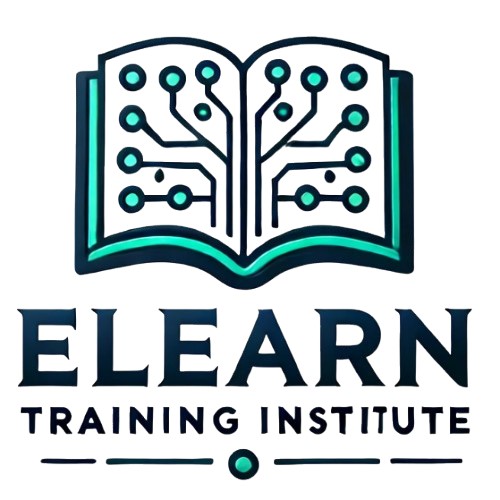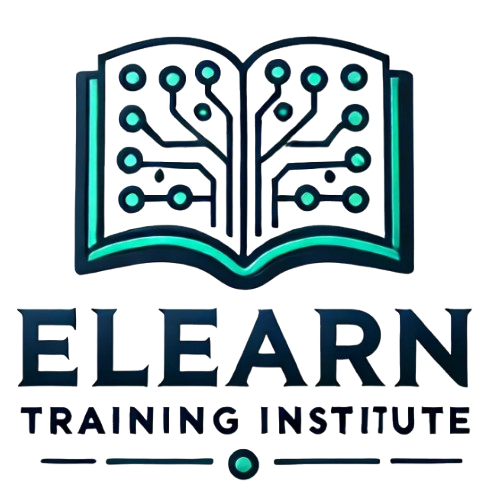Course Overview
Applications of LLaMA: Summarization, Question Answering, and Sentiment Analysis.
LLaMA, as a powerful language model, is versatile and can be used across multiple real-world applications. Below are some of its most common use cases:
a. Summarization
LLaMA can be fine-tuned to perform abstractive summarization, where the model generates a concise summary of a larger text. This involves understanding the key points of the input content and expressing them in a shortened version.
- Example: Summarizing long research papers, news articles, or meeting transcripts.
- How it works: The model reads the input text, identifies critical information, and then generates a compact, coherent summary.
b. Question Answering (QA)
LLaMA can be fine-tuned to answer specific questions based on a given context or document. This can be implemented in two main types:
- Extractive QA: The model extracts the most relevant information directly from a provided passage.
- Generative QA: The model generates new, contextually relevant answers that may not be explicitly present in the text.
- Example: Building a QA bot to answer user queries based on a knowledge base, such as product manuals or academic research.
- How it works: The model is trained to understand context and find the most accurate answers to questions based on a specific document or dataset.
c. Sentiment Analysis
LLaMA can be fine-tuned to classify the sentiment of a given text, determining if the text expresses positive, negative, or neutral feelings.
- Example: Analyzing customer feedback, product reviews, or social media posts to gauge public sentiment.
- How it works: The model is trained on labeled sentiment data, allowing it to predict sentiment in new, unseen text.
2. Introduction to LLaMA APIs and Integration with Popular Frameworks
LLaMA can be accessed and integrated into real-world applications through APIs and frameworks. Here’s how it works:
a. LLaMA APIs
LLaMA can be accessed via APIs, making it easy to integrate into different applications without needing to host or train the model locally.
- Hugging Face API: The Hugging Face library provides easy access to pre-trained LLaMA models, offering simple APIs to interact with the model for text generation, summarization, QA, and more.
- RESTful APIs: You can set up an API endpoint for LLaMA, allowing users to submit text and receive responses from the model (e.g., for real-time question answering or summarization).
b. Integration with Popular Frameworks
LLaMA can be integrated with popular deep learning frameworks like PyTorch and TensorFlow for customization, fine-tuning, or deployment:
- PyTorch: LLaMA models can be implemented in PyTorch, taking advantage of its flexibility for research and development.
- TensorFlow: Though LLaMA is more commonly used in PyTorch, it can also be converted to TensorFlow for deployment in production environments.
- FastAPI: FastAPI is commonly used to build APIs for serving models quickly and efficiently. It can be used in combination with LLaMA for real-time model interaction.


